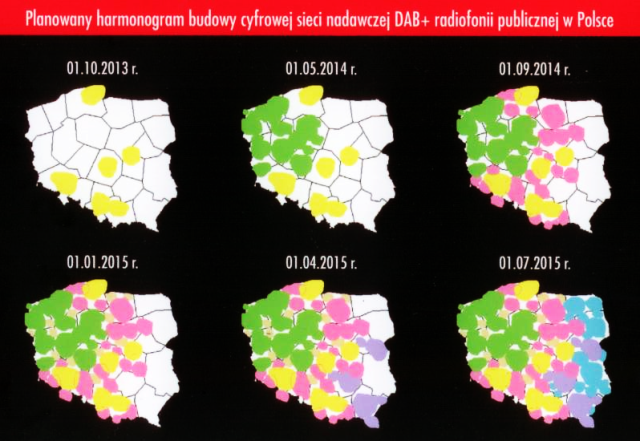Borek Falecki
24 Mar 2015
Language / Consonant voicing and devoicing - Upodobnienia pod względem dźwięczności [3]
In phonology, devoicing or desonorization is a sound change where a voiced consonant becomes voiceless due to the influence of its phonological environment. Most commonly, the change is a result of sound assimilation with an adjacent sound of opposite voicing, but it can also occur word-finally.
Consonant voicing and devoicing
en.wikipedia.org/wiki/Consonant_voicing_and_devoicing
Utrata dźwięczności / ubezdźwięcznienie = devoicing / desonorization
upodobnienie martwe = diachronic or historical sound change
Assimilation (linguistics)
en.wikipedia.org/wiki/Assimilation_%28linguistics%29
I was wondering if someone could explain this concept to me, as I don't fully understand what my textbook is telling me.
In phonology, devoicing or desonorization is a sound change where a voiced consonant becomes voiceless due to the influence of its phonological environment. Most commonly, the change is a result of sound assimilation with an adjacent sound of opposite voicing, but it can also occur word-finally.
Consonant voicing and devoicing
en.wikipedia.org/wiki/Consonant_voicing_and_devoicing
Utrata dźwięczności / ubezdźwięcznienie = devoicing / desonorization
upodobnienie martwe = diachronic or historical sound change
Assimilation (linguistics)
en.wikipedia.org/wiki/Assimilation_%28linguistics%29
 PolishForums LIVE / Archives [3]
PolishForums LIVE / Archives [3]
